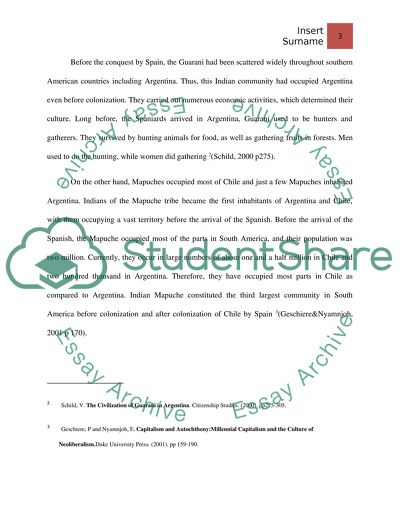Cite this document
(“Indian populations of Argentina and Chile pre-colonial period and Essay”, n.d.)
Retrieved from https://studentshare.org/history/1584450-indian-populations-of-argentina-and-chile-pre-colonial-period-and-their-changing-reality-during-the-colonial-period
Retrieved from https://studentshare.org/history/1584450-indian-populations-of-argentina-and-chile-pre-colonial-period-and-their-changing-reality-during-the-colonial-period
(Indian Populations of Argentina and Chile Pre-Colonial Period and Essay)
https://studentshare.org/history/1584450-indian-populations-of-argentina-and-chile-pre-colonial-period-and-their-changing-reality-during-the-colonial-period.
https://studentshare.org/history/1584450-indian-populations-of-argentina-and-chile-pre-colonial-period-and-their-changing-reality-during-the-colonial-period.
“Indian Populations of Argentina and Chile Pre-Colonial Period and Essay”, n.d. https://studentshare.org/history/1584450-indian-populations-of-argentina-and-chile-pre-colonial-period-and-their-changing-reality-during-the-colonial-period.


